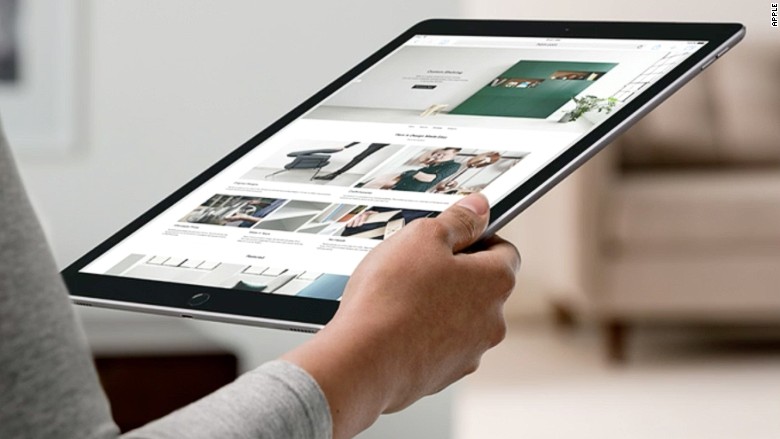People may be surprised to learn that Apple use to be called a computer company and, before the smash hit of the iPod, was actually called Apple Computers. Google used to be a search engine company and made all its money from selling pay-per-click ads. And Microsoft used to be a software company that made software; IBM originally paid them to make the software for their line of personal computers.
All of this background information might come as a surprise because all three of these companies recently unveiled their latest wares and, in today’s tech market, they’re more similar than they are different. This observation gives us a pretty keen insight into the world of technology
Apple, Google and Microsoft all demonstrated their new operating systems, new phones, new tablets with attachable keyboards, new laptops, new personal assistants, and new cloud services. Sure there are some differences — Apple has their TV, Google is still the defacto search engine, and Microsoft has their HoloLens — but it’s amazing to see that the big three tech companies are now doing the same things.
Here’s a breakdown of Apple, Google and Microsoft’s announcements with some comments by our experts here at Advantage Technology.
Apple

“Apple is staying the course and doing what they do best by improving their current technology and expanding steadily into new markets.” — Dale Harper, Systems Administrator for Advantage Technology |
Apple held their big event on September 9th. Here is a full breakdown from CNN Money.
Apple introduced their newest iPhone, the 6S, and an update to the iWatch. The big news for business users was the iPad Pro, which is a bigger, faster iPad with an attachable keyboard and stylus. The iPad Pro is designed for productivity and is the first sign of Apple’s new venture into the enterprise business market.
Apple is also doing a big push into TV. To help this along, their new TV has Siri integration. That means the days of talking to your TV and having it talk back are finally here.

“Google is fully embracing the open ecosystem. Their software is open and accessible to everyone while their hardware is more of a demonstration of potential rather than mass market devices.” — Kris Westfall, Systems Administrator for Advantage Technology |
On September 29th, Google announced their new Android 6.0 operating systems, known as Marshmallow. Here’s Computer World’s full breakdown.
As you may or may not know, Google’s approach to hardware and software is 180 degrees away from Apple’s. While Apple keeps tight controls on its hardware and deeply integrates it with its software, Google embraces the open ecosystems. Google creates Android with its services built in, but they gives the operating system away for free. Hardware companies are then free to intergrade it with their hardware in whatever way they see fit. The strategy has worked to make Android a ubiquitous operating system, with 83% of the global smartphone market.
A few big things are new with Android 6.0. First is a feature called containerization, which allows the separation of work and personal apps and data. Second is a much improved Google Now. Google Now is a feature that predicts what information you need and what you are going to need next. Early reports say that the new Google Now is extraordinarily prescient and is constantly providing very useful information based on your habits, where you are, what you are reading and what time of the day it is.
Microsoft

“Microsoft has refined Windows 10 to make a single user experience across all computing devices. Their hardware is made to demonstrate that potential.” — Domenick LeRose, Project Manager for Advantage Technology |
Microsoft is making their big push into hardware and presented their new devices on October 6th. Here is the Wall Street Journal’s coverage of the presentation.
It appears that Microsoft’s overall strategy is just to get Windows 10 on as many devices as possible; phones, tablets, laptops, workstations, servers and even embedded devices and wearables. The idea is, no matter what you’re using, the operating systems and general user experience will be the same.
To that end, Microsoft unveiled their new high-end smartphone, the Lumina 950, and their first laptop, the Surface Book. With the popularity of Microsoft’s Surface Pro tablet, the leap to a full laptop is a logical one. As to new phone; while Windows phones have not caught on, Microsoft appears to be dedicated to proving a Windows phone is viable.
Microsoft also introduced a new smartwatch running Windows 10.

Authored by Joe Justice, Marketing Director for Advantage Technology |




